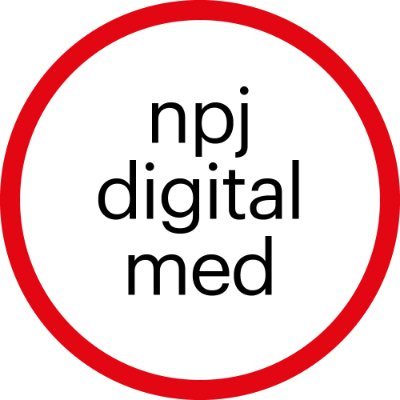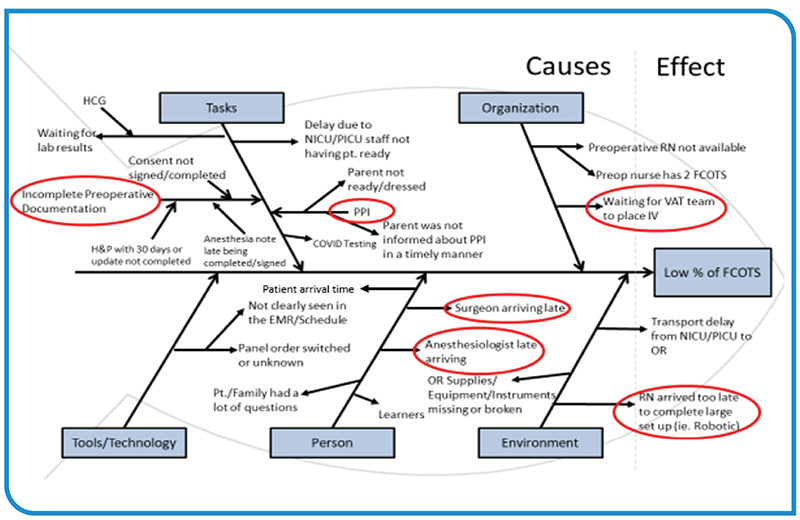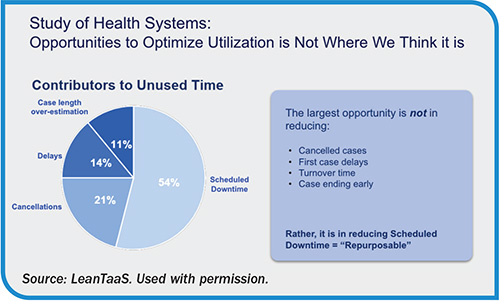ChatGPT study prompts questions about clinical applications for large-language-model AI

Editor's Note Although ChatGPT has shown human-level performance on several professional and academic benchmarks, a recent study of its potential for clinical applications raised questions among surgeon evaluators. Findings were reported in the journal Surgery on January 20. Specifically, researchers tested OpenAI’s general-purpose large-language model on questions from the Surgical…
Machine learning study shows AI’s potential for predicting kidney transplant outcomes

Editor's Note: Artificial intelligence (AI) leveraging machine learning (ML) and natural language processing (NLP, a subset of machine learning) models can help identify donors with kidneys unsuitable for organ transplant, according to a study published November 1 in Jama Surgery. Despite the unmet need, many deceased-donor kidneys are discarded or…
Researchers create repository of waveform and health data to drive AI innovation

Editor's Note: Researchers from UCLA and UC Irvine have created the first comprehensive online repository of physiological waveform and health record data from surgeries which is intended to serve as a resource for training and testing AI algorithms. The findings were published in JAMIA Open on October 17. In development…
WHO urges cautious approach to generative AI healthcare applications

Editor's Note: The World Health Organization (WHO) has released recommendations around the ethics and guidance of artificial intelligence (AI)-based large language models (LLMs) in healthcare applications. In a January 18 announcement, the organization recognized that AI LLMs, with their ability to analyze and interpret data, have a wide range of…
AI model trained to identify patients’ social circumstances

Editor's Note: Large language models trained to extract patients’ social determinants of health (SDoH) from clinician notes could help to identify patients who need additional support and resources. The findings, from investigators at Mass General Brigham, appeared in the Nature journal Digital Medicine on January 11. Housing circumstances, employment, access…
Chronic conditions spike nationwide
Editor's Note Eight chronic conditions—arthritis, depression, diabetes, asthma, cancer, cardiovascular diseases (CVDs), chronic obstructive pulmonary disease (COPD), and chronic kidney disease (CKD)—continue to expand nationwide along with premature deaths from drugs, firearms, and more, according America’s Health Rankings 2023 Annual Report. Presented by the United Health Foundation in partnership with…
Mastering surveys in 2024 by The Joint Commission and CMS

Takeaways • The Joint Commission eliminated 56 redundant or outdated Elements of Performance, revised four others, and is using more checklists. • The Joint Commission is emphasizing healthcare equity and identifies it as a priority to address healthcare quality and safety, calling organizations to integrate health equity into their QAPI…
Role of data in surgical, patient preparedness for MSK cases

An estimated 126.6 million Americans are dealing with the impact of a musculoskeletal (MSK) condition, according to a US Bone and Joint Initiative report. That means, one in two adults in the US have gone or will be going through a wide range of hip, knee, shoulder, and/or spine procedures.…
Minimizing wasted 'In-OR' minutes at start of day at a pediatric AMC

The OR is the financial motor of a hospital. As such, inefficiencies in this space adversely impact patient safety as well as the financial stability of the hospital and/or healthcare system. The first case on-time starts (FCOTS) metric is one of the primary benchmarks for assessing OR efficiency. The following…
AI, analytics help match anesthesia supply to surgical demand

While demand for OR services can be unpredictable, supply is largely fixed—well below the baseline for many hospitals and health systems. The ability to match supply and demand within perioperative services is critical to efficient ORs, as hospitals and health systems must operate with constrained staffing and anesthesia resources. On…

 Free Daily News
Free Daily News